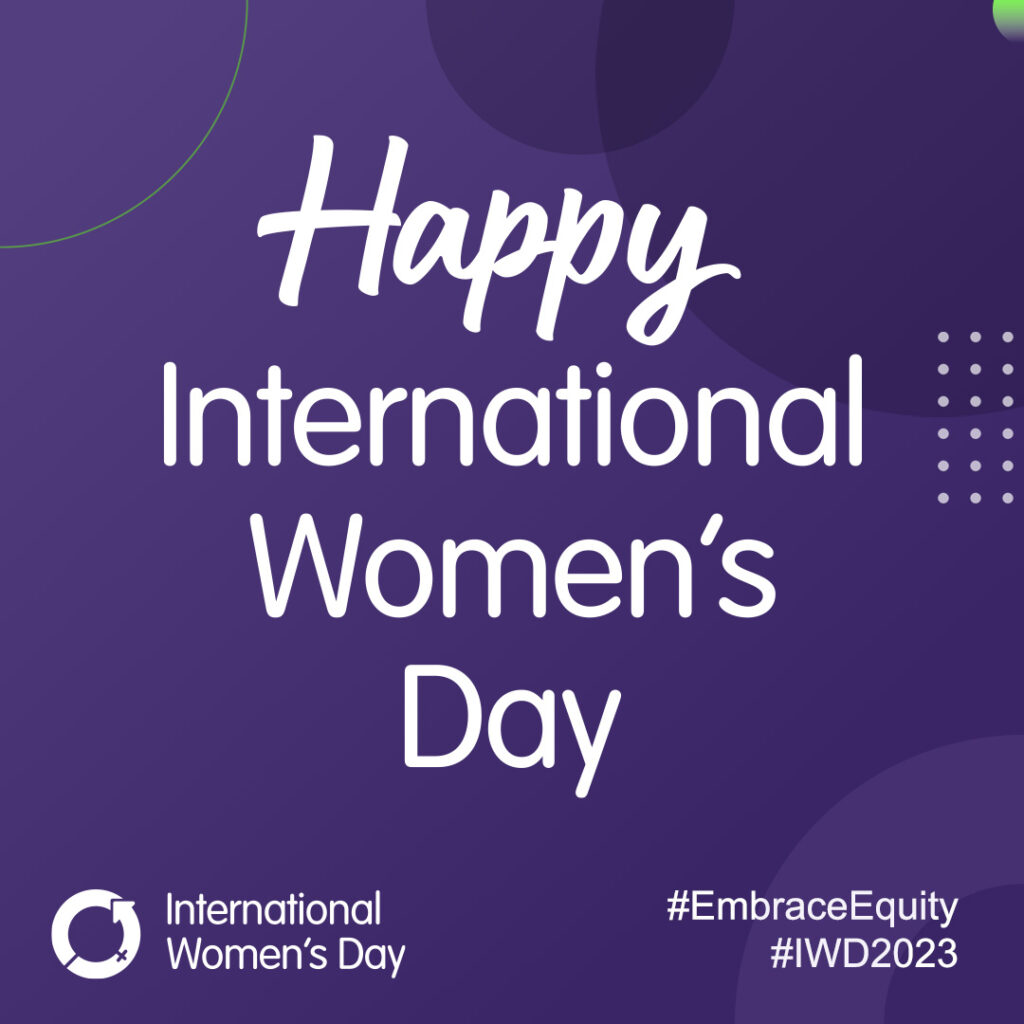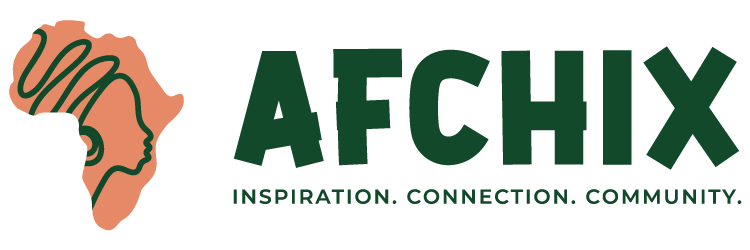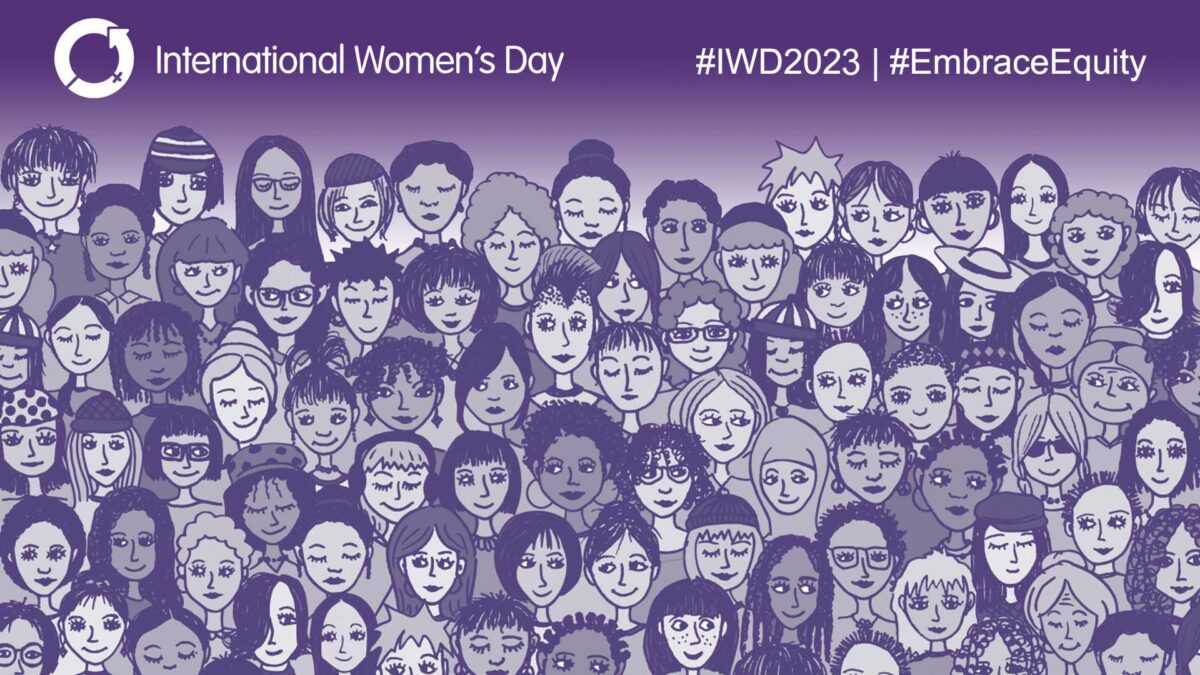#EmbraceEquity. The theme of this year’s International Women’s Day (IWD) could not be more fitting to highlight the global digital gender gap and the need for gender-sensitive approaches in calls for universal connectivity.
The IWD campaign page gives a simple, yet powerful explanation of why equal opportunities for women are not enough: “People start from different places.” While equality speaks to ensuring that everyone has the same resources, equity focuses on reaching the same outcome. If our goal is to ensure that everyone – regardless of their gender or the country or village they live in – can use and benefit from the internet, equal access is not enough.

According to a recent report by the International Telecommunication Union, 69% of men around the world use the internet compared to 63% of women. In least-developed countries (which include African nations such as Senegal, Uganda, Zambia and Tanzania) fewer people from both genders access the internet, but the gap between them widens considerably. Here, only 43% of men use the internet and only 30% of women.
A lack of access to internet connectivity – and especially meaningful connectivity – is without a doubt a big contributor to these figures. But even if revolutionary new technology could suddenly beam Wi-Fi to every rural village around the world, many women would remain excluded. The digital gender gap is more nuanced than connectivity issues. It is held in place by social norms, culture, and deeply entrenched broader issues of gender equality in household workloads, access to education or basic literacy, and economic opportunities. For example, social norms often dictate whether women can gain access to devices in their family unit or if girls are allowed to attend school.
AFCHIX’s gender-sensitive approach to developing community networks has shown us that addressing social norms is critical to get women online. Addressing the digital gender gap must start with engaging communities and community leaders on these norms and educating communities about the benefits of the internet. In addition, a lack of confidence among women in their ability to use technology is a key barrier, with many women also believing that the internet is irrelevant to them or would be dangerous or improper for them to use.
This means that digital literacy training that demystifies the internet and shows women how it can benefit them is crucial to ensuring that internet connectivity has a real impact on women’s lives. Another important aspect of digital literacy training is educating women on how to go online safely and protect themselves against cybercrime, bullying and harassment.
At the same time, AFCHIX’s broader activities have also shown us that this lack of confidence also applies to young African women and girls as they consider whether to pursue STEM or any tech-related field of study or as a career. Women account for just 19.9% of science and engineering professionals around the globe and are likely even more poorly represented in Africa. We have found that addressing self-confidence in girls about their own abilities to pursue these fields and highlighting successful women in the field as role models is crucial, for example, to ensure that girls take part in tech education and training programmes.
The difference between equality and equity is often illustrated by showing people of different heights trying to look over a high fence. In this metaphor, equality is when everyone is given the same box to stand on. This leaves those who are shorter still stuck behind the fence. Equity ensures that everyone can see over the fence by giving those who are shorter more boxes to stand on – more resources and more support. In the case of the digital gender gap, women do not only need more boxes. They must first be convinced that they can, in fact, climb onto the box placed in front of them. That they can, and should, stand up.



